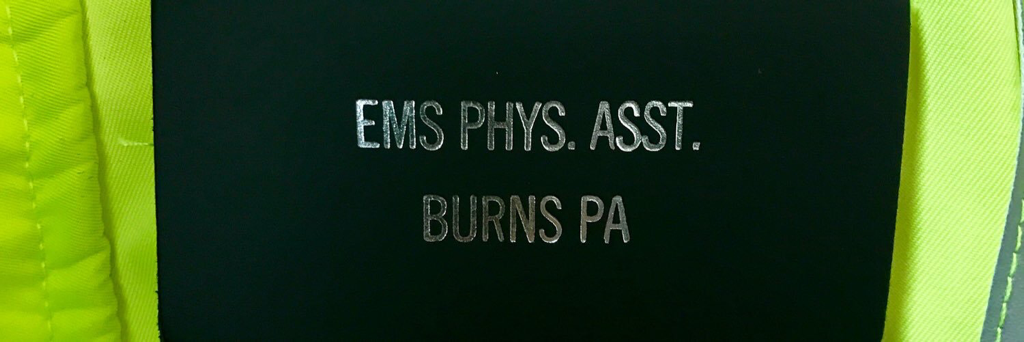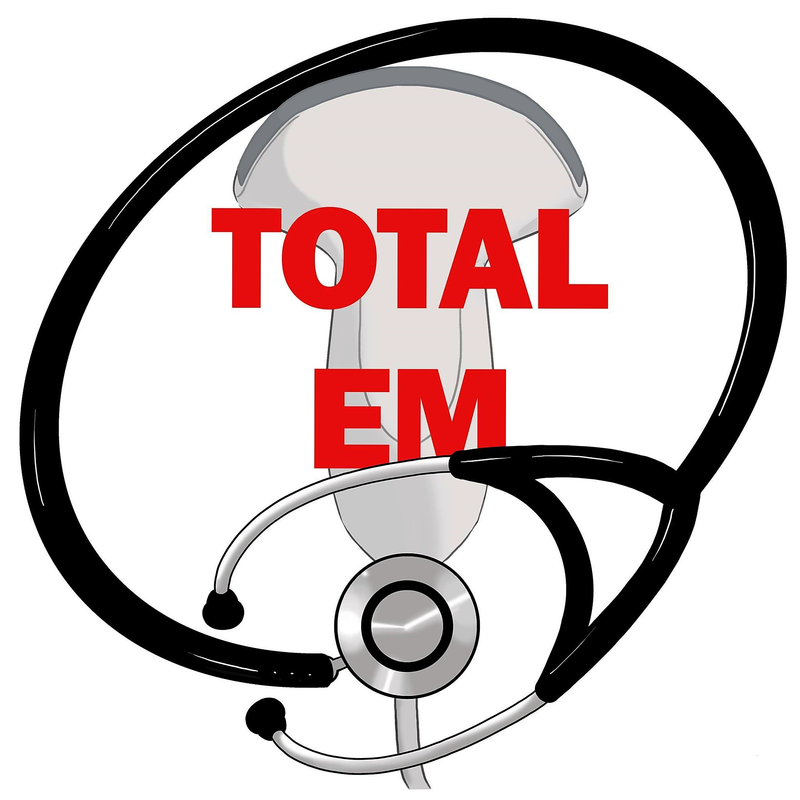|
Kevin Burns is one of those PAs who is on the cutting edge of prehospital care. He is the co-director of the Yale New Haven Hospital (YNHH) Emergency Medicine PA Residency program. One of his favorite aspects of emergency medicine is prehospital care and we wanted to talk to him about some of the plans for the future of PAs in emergency medicine.
Now first off, I would like to make a quick apology for the audio quality. It sounded great for the recording but sadly did not transition over. We tried the best we could to edit it well and hope you can forgive some scattered bits of poor quality.
Kevin had a lot of work recently, but the big piece of news that came up at SEMPA 360 this year was about CAMTS. The organization is the Commission on Accreditation of Medical Transport Systems and it is the largest of its kind. Until recently, CAMTS did not recognize PAs for prehospital care. Thanks to the hard work of Kevin and those around him, this is changing. But you may be asking yourself, what can a PA do that will help out with prehospital care? PAs have three main areas where they could be of benefit to prehospital care: medical direction/control, reducing burden to the system due to low acuity patients, and providing advanced care to high acuity patients. We describe each of them below, but as always, listen to the podcast for some details on the points. Medical direction is not just for physicians. PAs across the country are starting to become assistant medical directors and even in some cases may be the medical director. In many states though, this is still not possible which leads to discrepancies. With less physicians being available and those that are around being pushed into more administrative positions, it is becoming increasingly difficult to find medical directors and they often require assistance. PAs, like all other parts of medicine, can help with this burden by providing additional support. Low acuity patients use EMS just like any other patient in the system. The difference is these patients can cause an additional burden to an under-staffed system that needs every ambulance available. JAAPA recently published a paper on this exact issue. On commonly cited EMS system employing PAs and NPs for this role is in Meza, Arizona. One thing to keep in mind that is a potential advantage versus the community care paramedics is that PAs and NPs can interpret tests, diagnose, and write prescriptions. When it comes to some of the sickest patients, PAs can also play a role. Across the world, there are physicians who provide prehospital care and we have interviewed some in the past such as Minh Le Cong from Australia. There are even some in the United States. Given that staffing physicians on helicopters or ground ambulances is a very expensive prospect, the less expensive alternatives such as PAs and NPs who can perform many (if not all) of the skills that physicians working in the same setting would be able to perform is invaluable. This breaks up into two subsections with scene retrievals and interfacility transfers, but both are advantageous. Although some programs do exist with NPs, having issues such as with CAMTS made this a difficult prospect for a while for PAs and most who were in it had to leave for a time but this should hopefully change very soon. Do you think this is an area where PAs should be starting to practice? Are you interested in learning more or currently work as a prehospital PA? Let us know what you think by giving us feedback here in the comments section or contacting us on Twitter or Facebook. Remember to look us up on Libsyn and on iTunes. If you have any questions you can also comment below, email at [email protected], or send a message from the page. Please check our bandwidth sponsor, FunnyRx, too. We hope to talk to everyone again soon. Until then, continue to provide total care everywhere.
2 Comments
Matt
3/3/2021 11:53:37 am
I would LOVE to work as Prehospital PA. I am a current PA-S.
Reply
Leave a Reply. |
Libsyn and iTunesWe are now on Libsyn and iTunes for your listening pleasure! Archives
August 2022
Categories |
||||||


 RSS Feed
RSS Feed